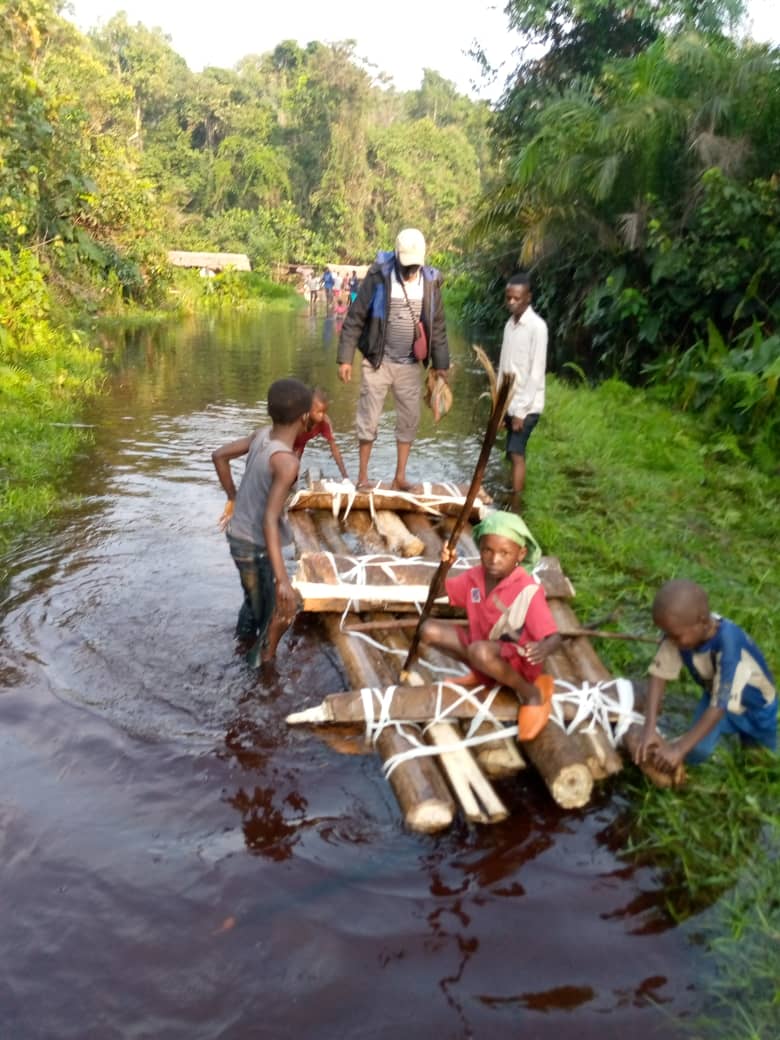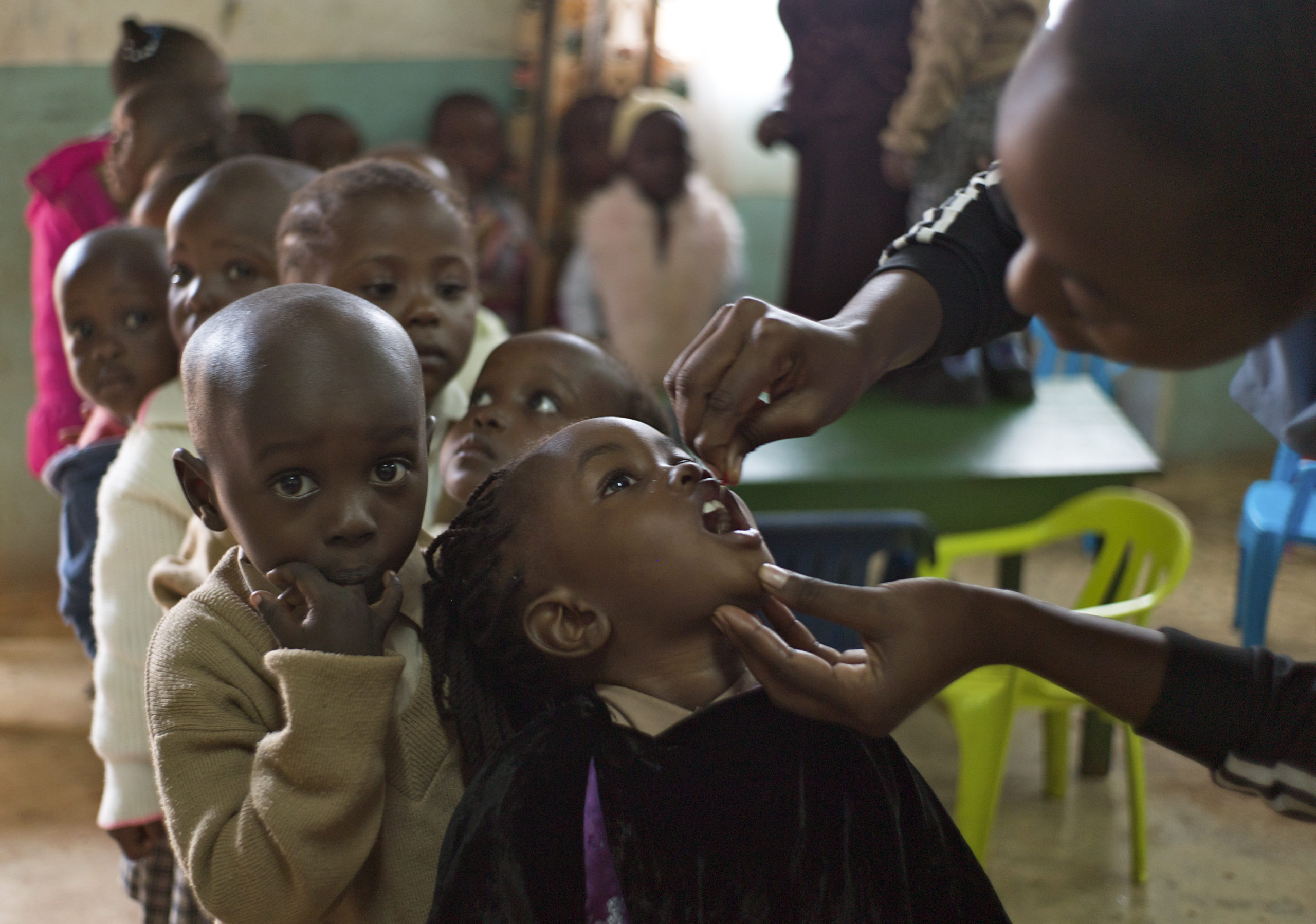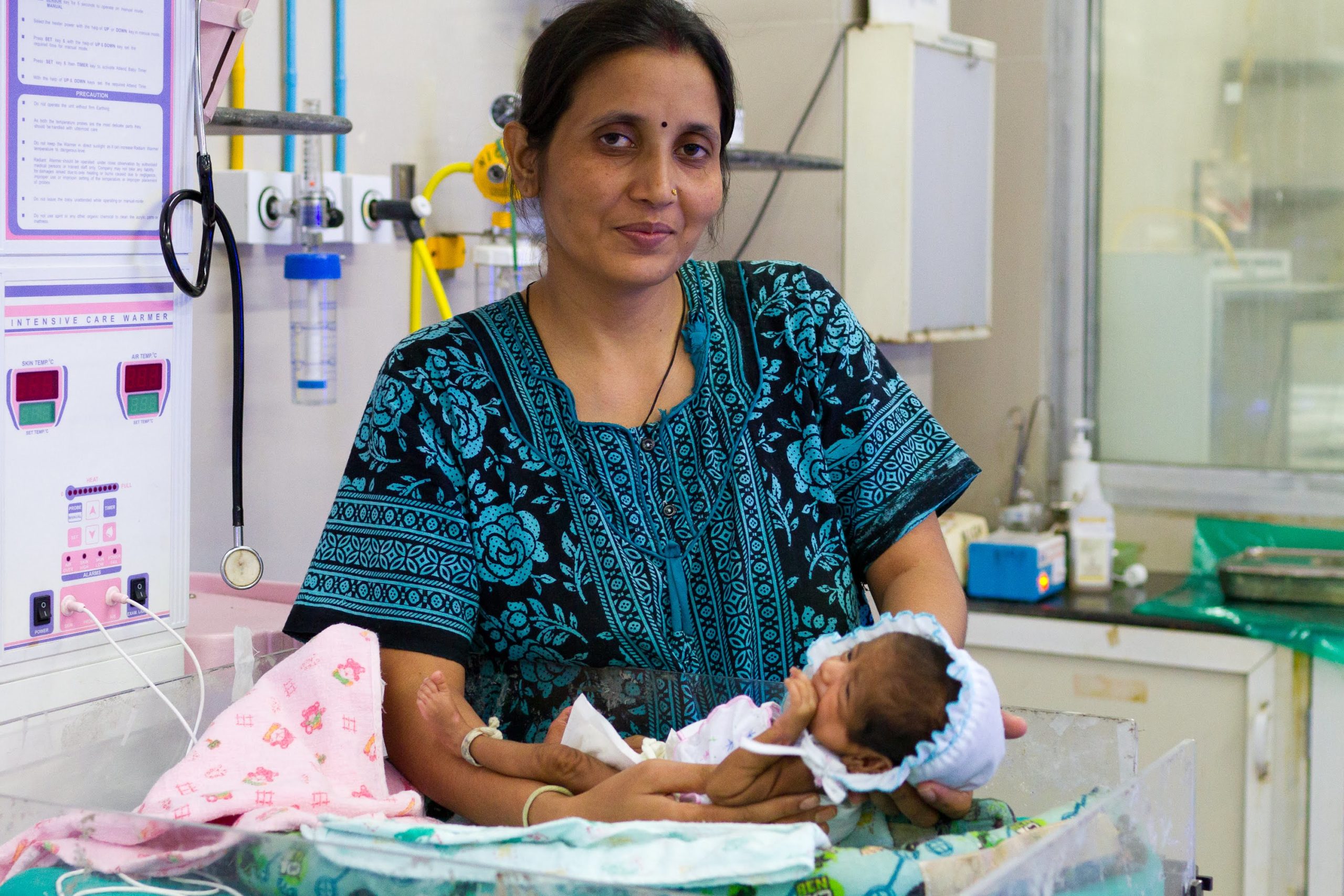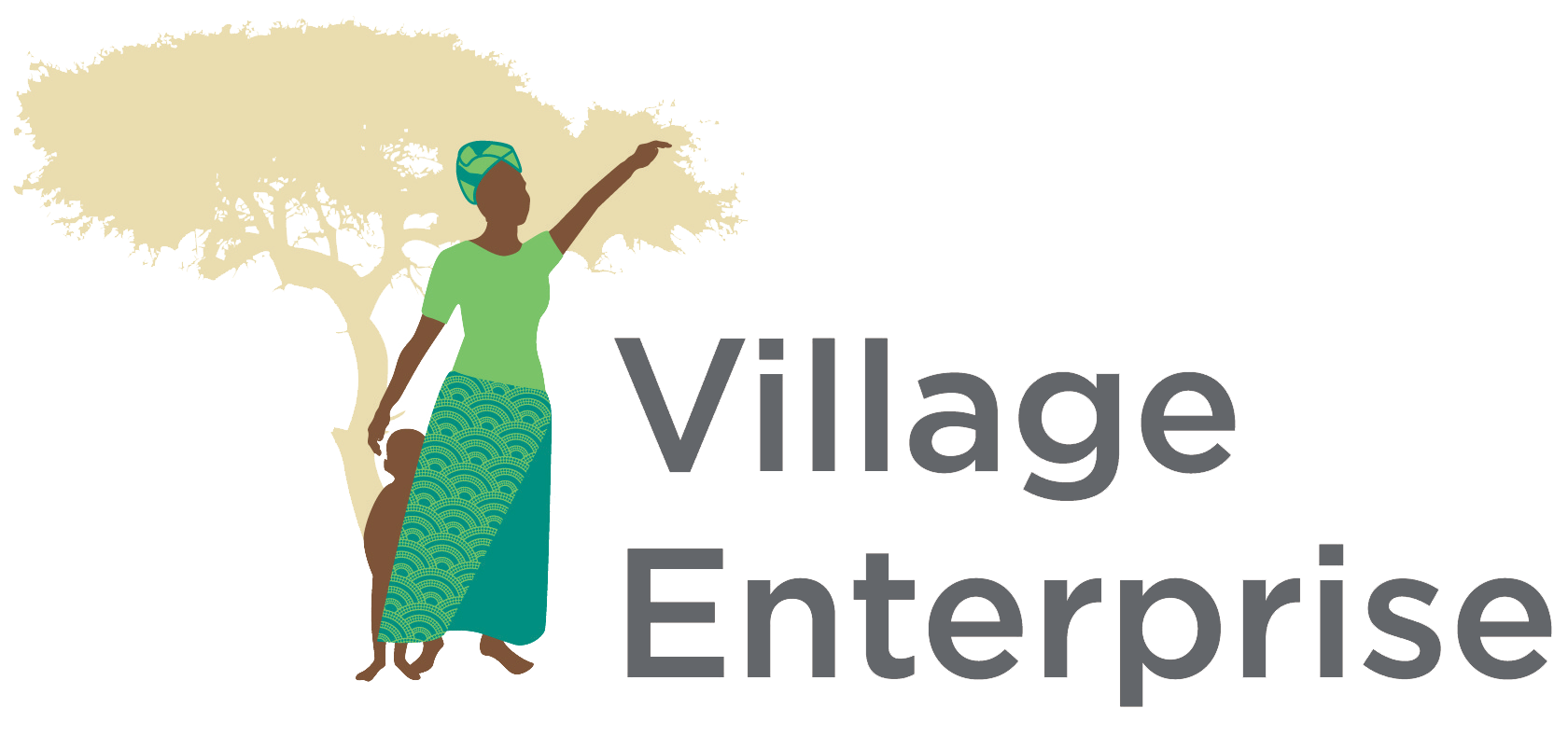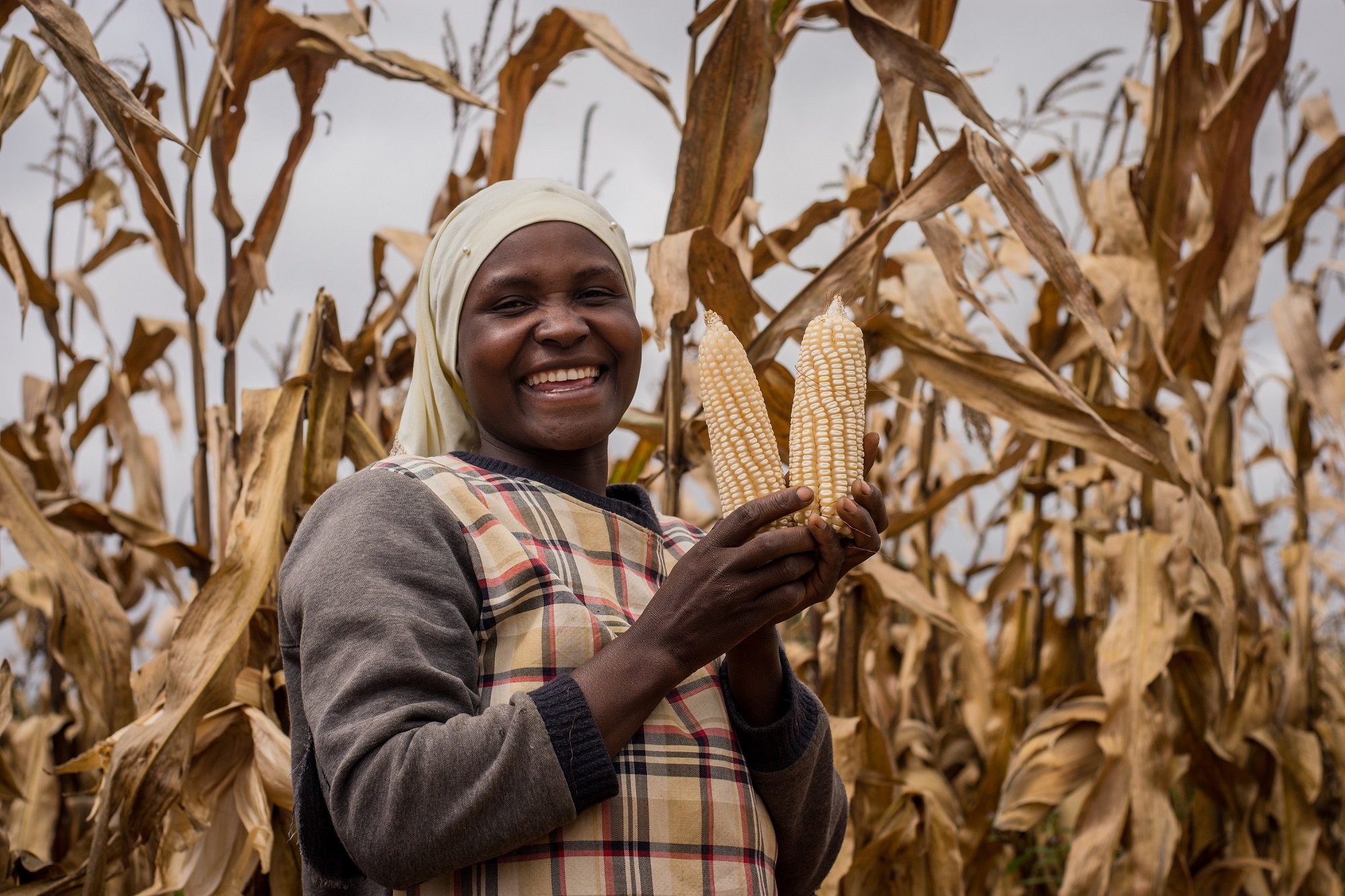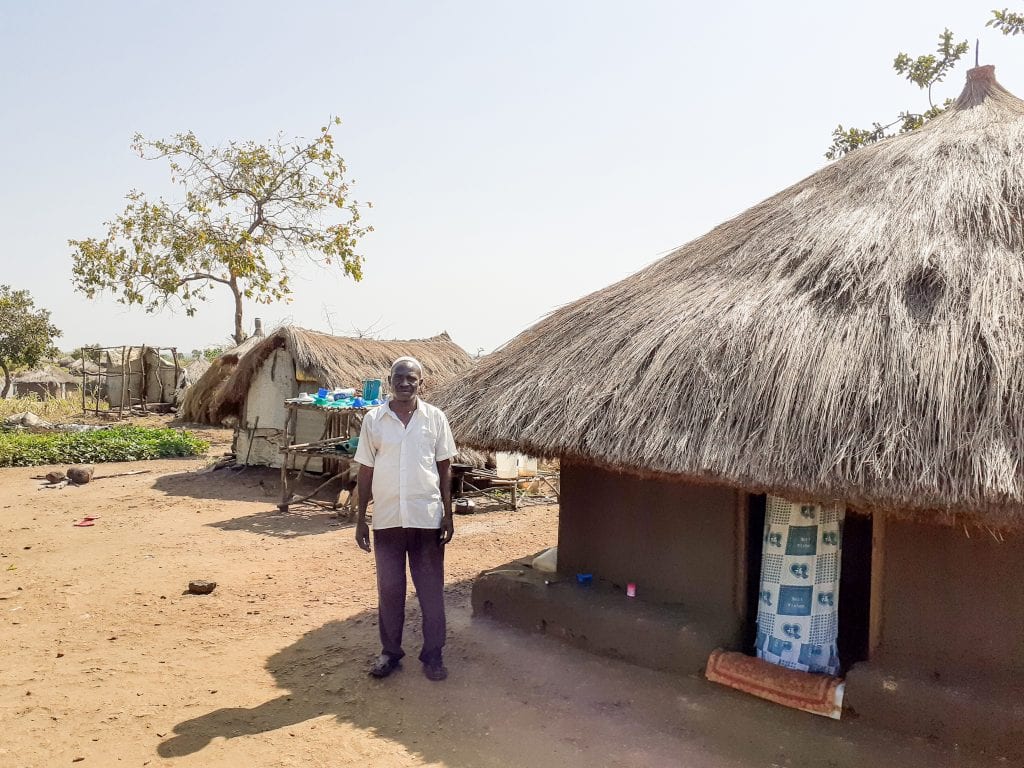Monitoring of nets delivers data to help drive improvements
AMF carries out post-distribution monitoring (PDM) activities for two and a half years after a distribution of nets to gather data on net presence, use and condition. These data allow us to understand how coverage levels change over time and help local health authorities as they consider actions to maintain and improve sleeping space coverage.
Example: Equateur Province PDM at 9-months, Sept 2020
Malaria is endemic in the Democratic Republic of Congo (DRC)1, one of the world’s largest but least developed countries.2 Against Malaria Foundation (AMF) has committed to funding 53 million long-lasting insecticide-treated bednets (LLINs) across 19 of the country’s 26 provinces from 2019 to 2022. This is AMF’s largest commitment to date and began with the distribution of 1.4 million LLINs in the north-western province of Equateur in late October 2019. These nets were distributed to 500,000 households in order to protect 2.5 million people from malaria.
For all distributions, AMF partners with an independent organisation to conduct post-distribution monitoring (PDM). The LLINs are monitored through surveys conducted at 9, 18 and 27 months after distribution. The purpose of these surveys is to assess the presence, use and condition of the distributed LLINs.
In September 2020, AMF’s in-country partner – Rebuild Hope for Africa (RHA) – conducted the first post distribution monitoring in Equateur province. They surveyed 5,651 households randomly selected by AMF spread across all 18 of the province’s health zones.
Equateur is a forested province straddling the Congo river with very limited road infrastructure and heavy rains throughout the year making travel by boat necessary to reach most areas. In addition, the survey was carried out in the presence of an Ebola outbreak and Covid-19. To overcome these challenges, RHA’s team showed ingenuity and resourcefulness, for example using a variety of means of transport including motorbikes, dug-out canoes and home-made rafts in order to reach the randomly selected households. Personal protective equipment (PPE) and social distancing were used to prevent Covid-19 transmission and supervisors were in regular contact with the local health authorities regarding the Ebola situation.
Despite these challenges, RHA reached and interviewed thousands of households, collecting data using electronic devices and an electronic survey form designed with checks and controls to ensure high quality data. These data were provided to supervisors and managers in near real-time facilitating strong monitoring of the data collection process. GPS coordinates of the households visited, an important aid to accountability, were also collected and are shown in the map below.
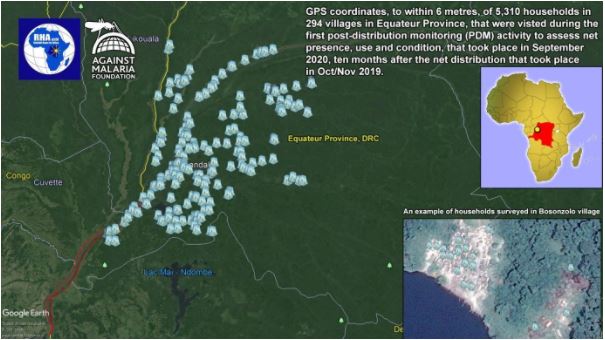
The survey of 5,651 households found that 10 months3 after their distribution:
- 95% of the LLINs were present in households with 87% hung and 8% present but not hung;
- 89% of sleeping spaces were covered;
- 84% of LLINs were in good or very good condition, 13% were in acceptable condition and 3% were worn out.
These are very good results and allow us to see, from the data, that nets are in place and delivering the malaria protection intended. The full results were presented to the national malarial control programme, its implementing partners and the Equateur provincial health authorities in early November 2020, and the 18-month survey is due to take place in May 2021.
1DRC has the second highest number of malaria cases of any country in the world, with an estimated 25 million cases in 2017
2In 2020 DRC ranked 175th out of a total of 189 on the United Nations Development Programme’s Human Development Index.
3National COVID-19 travel restrictions in place in August 2020 meant the PDM survey took place a month later than scheduled.
